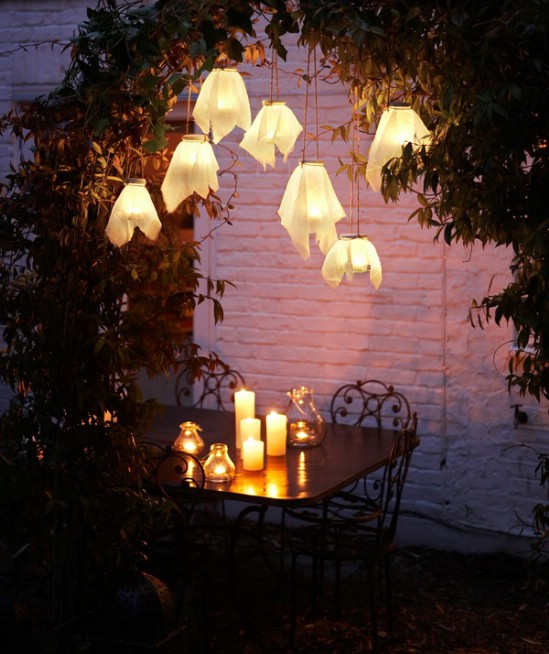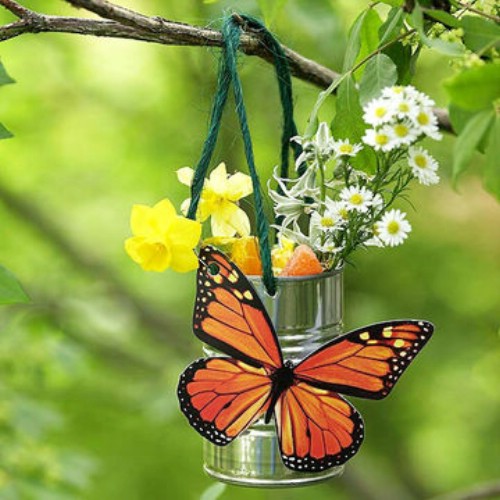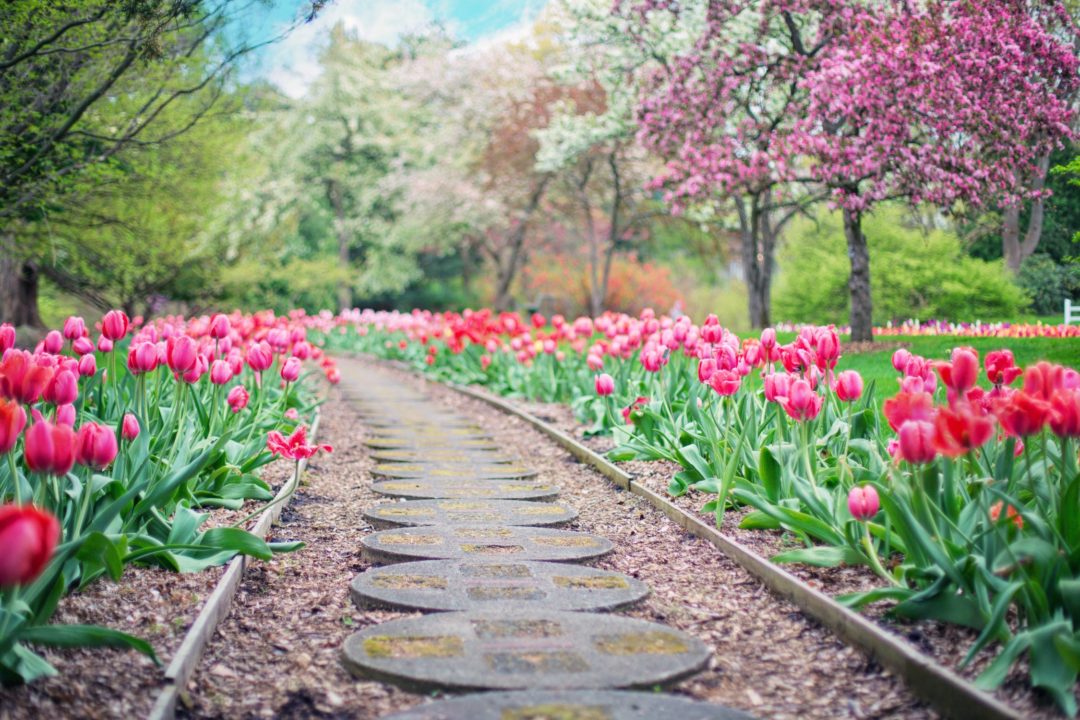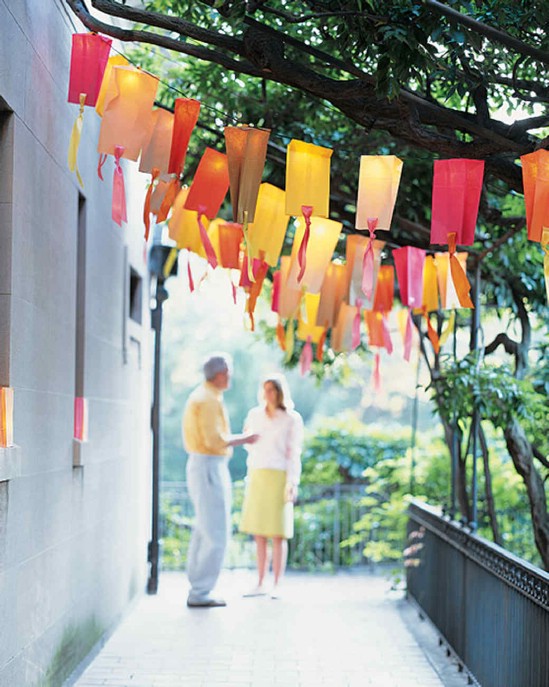Gardening is a very rewarding hobby that anyone can enjoy at just about any age. You get to watch your hard work pay off over time in a real, tangible way, and it can be very enjoyable to reap the rewards of your labour.
One of the biggest problems that gardeners across Australia face are spells of intense weather and what it can do to plants. You cannot do anything about mother nature, you can only do what you can to protect your precious gardens.
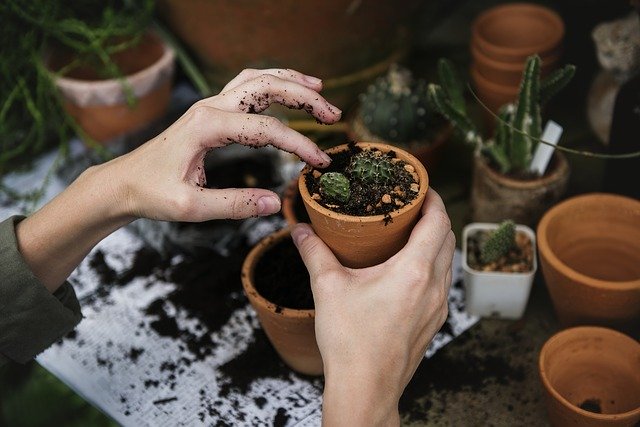
pixabay.com
There are plenty of options you can take to protect your garden and even something as simple as a sprinkler can make a big difference.
Whether your weather issue is extreme heat, cold snaps, or anything else nature can throw at you, there is a way to help protect your babies. Regardless of where in the world you are located, you will most likely run into one or more weather-related issues with your garden. With a little bit of hard work and ingenuity, you can make sure your plants have the best chance of surviving.
Let’s take a look at what you can do to to help your plants healthy during periods of more intense weather.
Extreme Heat
There are many areas across the world that have to deal with major heatwaves, and Australia is no exception. A major increase in temperature has the potential to quickly kill off all but the strongest plants in your garden.
It starts by protecting them from the sun itself with either a hoop-tunnel if you can purchase one, or a homemade sunshade for your garden. You need to keep your plants in the shade as much as possible to increase their chances of survival.
Along with extreme heat comes extreme water loss and in this situation, a subsurface drip irrigation system is a very effective solution. Whatever you do, make sure your plants are getting as much water as they can as close to the roots as possible.
The less the water is exposed to the elements, the less chance of absorption, and it can be very quick during a heatwave.
Cold Snaps
Cold snaps can be just as bad as the extreme heat to most plant species, so you want to be prepared for when that time of year comes along. There are various materials you can use to cover your plant beds, such as:
- Plastic sheets
- Drop cloths
- Blankets
- Tarps
Really the list could go on, basically anything that will provide insulation for your garden. Your goal here is to keep the plants as warm as possible and keep all of the cold air out.
If you also have plants that are in hangers or planters it is essential that they become indoor plants for awhile. Put them in a heated garage or directly in your home, just don’t forget to water them on a regular basis.
Strong Winds
Wind can also be a major threat to all forms of plant life. Your plants can quickly be torn to shreds or ripped completely out of the ground. The type of protection you should use will depend on the type of setup you have.
A good start is to try to create a barrier around all of your plants and gardens. Use sandbags, rocks, and anything else heavy you can find that will keep the winds at bay.
You can also cover individual plants with planters or buckets and weigh them down, but this isn’t recommended for very large gardens. For larger plants or trees it is essential to stake them down and wrap them in burlap if possible.
Mother Nature Gives and Takes
Nature is awe-inspiring with how it is constantly growing, evolving, dying, and reproducing. One force of nature can grow something as amazing as a tomato plant, and in the same instance, another force can completely destroy it.
If you are going to put in the work it takes to grow a garden you also need to put in the work to protect it. Do what you must to keep the weather off your babies, and they will pay you back by thriving in the good weather.

